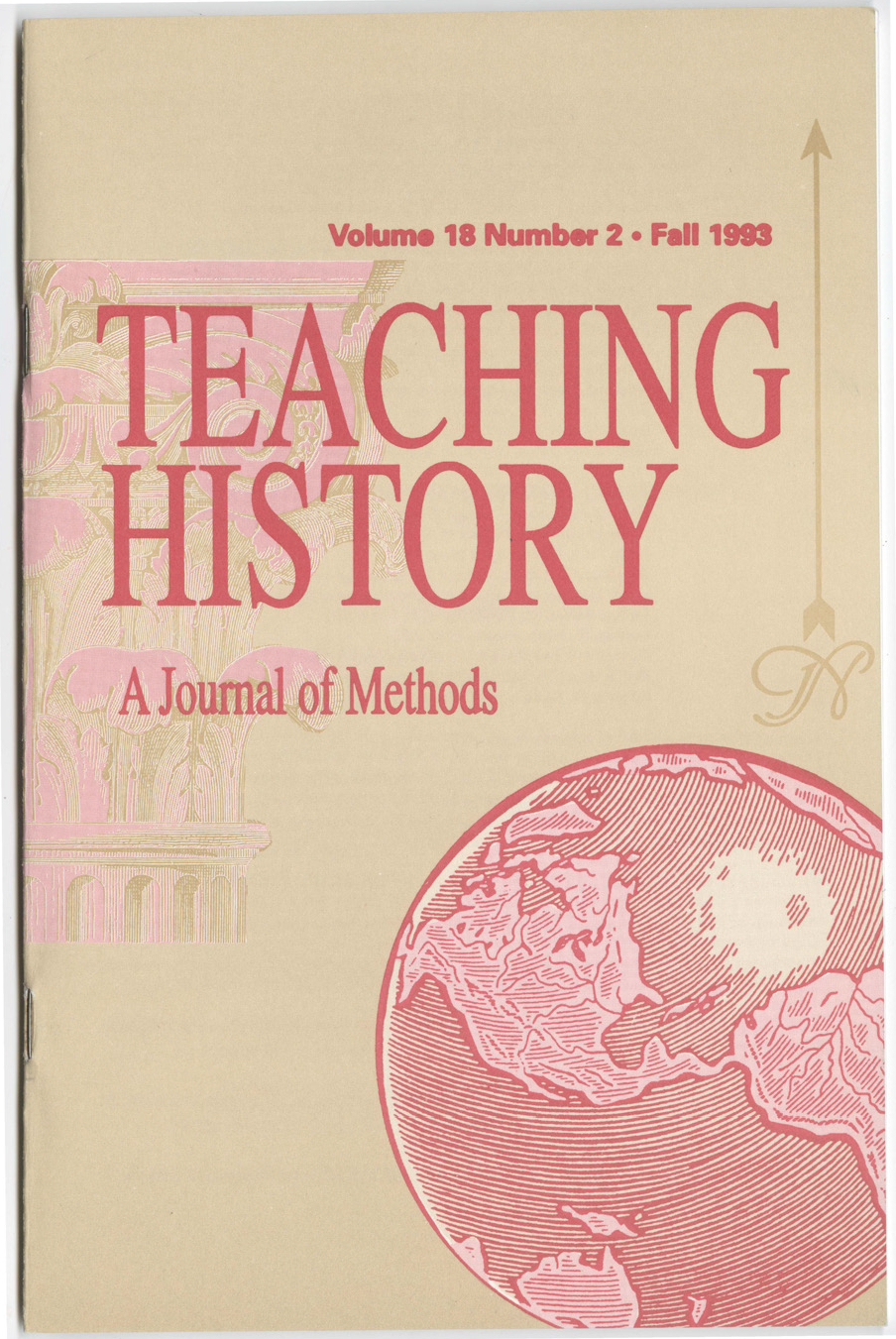State Of The State Of Teaching Public History
DOI:
https://doi.org/10.33043/TH.18.2.51-58Abstract
It has been almost fifteen years since the 1979 meeting in Montecito, California, that sparked the organization of the National Council on Public History (NCPH), an event that may be used to signal the birth of the "official" public history movement, so perhaps it is an appropriate time to reflect back on the nature of teaching public history over the years. That is not to say that no public history courses were taught before the late 1970s, for that is certainly not the case. Archival management programs and historical agency programs predate that time and produced many successful graduates. The earliest program of the 55 cited in A Guide to Graduate Programs in Public History (NCPH, 1990) dates from 1973, before the term "public history" was first used for the University of California Santa Barbara program.1 Beginning in the late 1970s, particularly at the University of California-Santa Barbara, more multi-purpose or generalist public history programs developed within academic history departments, almost always at public or large urban institutions with missions to serve taxpayers or local communities.
Downloads
Downloads
Published
How to Cite
Issue
Section
License
Copyright (c) 1993 Barbara J. Howe

This work is licensed under a Creative Commons Attribution-NonCommercial-NoDerivatives 4.0 International License.
By submitting to Teaching History, the author(s) agree to the terms of the Author Agreement. All authors retain copyrights associated with their article or review contributions. Beginning in 2019, all authors agree to make such contributions available under a Creative Commons Attribution-NonCommercial-NoDerivatives 4.0 International license upon publication.



